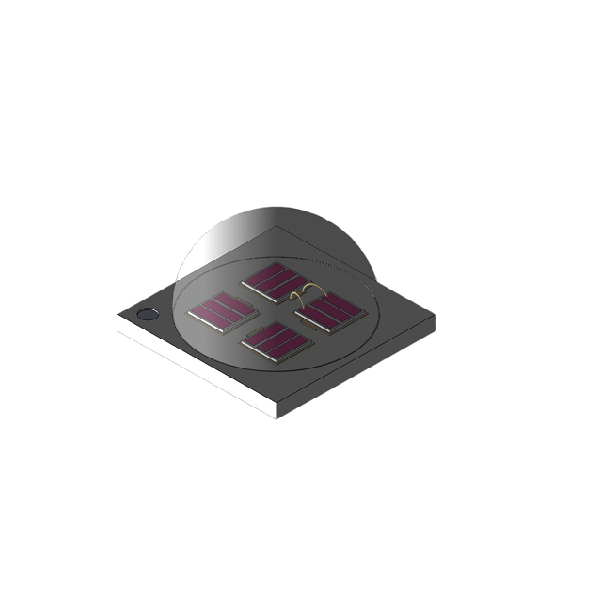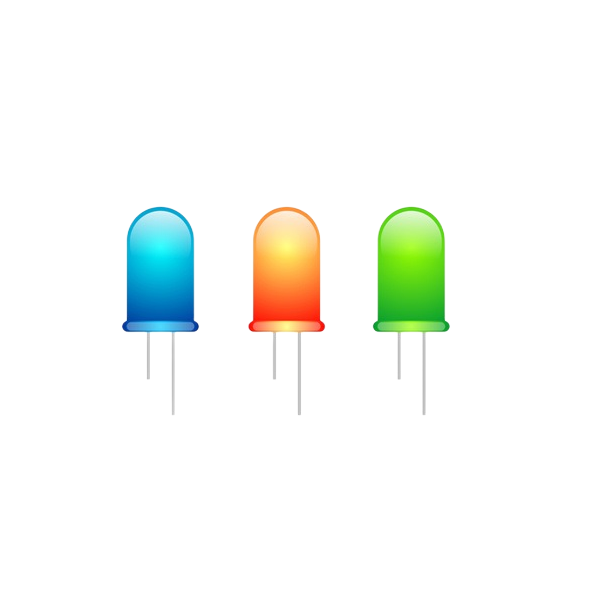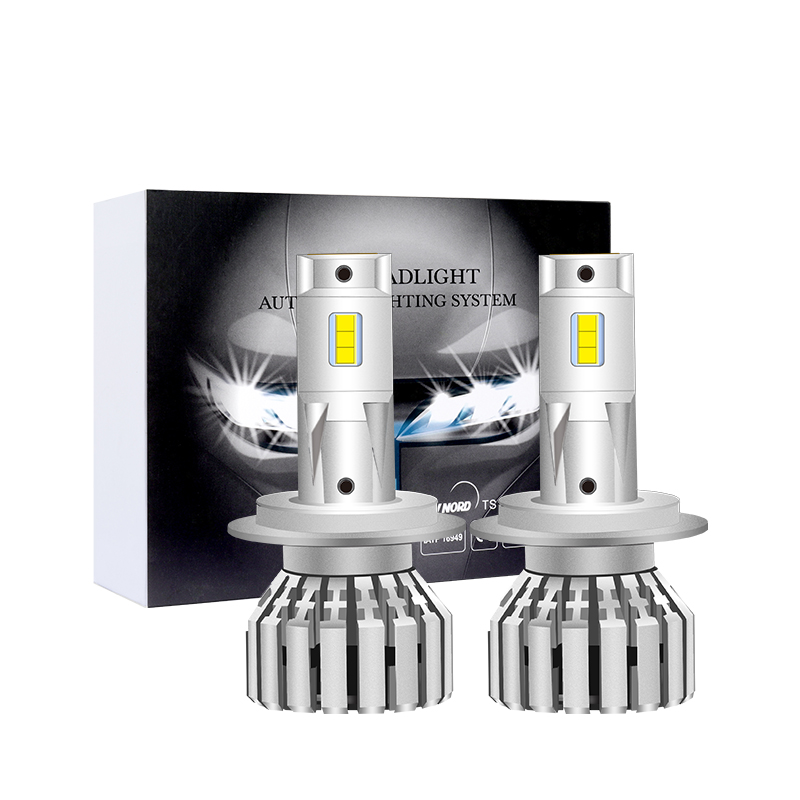What are the advantages of RGB LED in the LED industry
RGB LEDs (Red, Green, Blue Light Emitting Diodes) have many advantages in the LED industry. The following will elaborate on color richness, energy efficiency, adjustability, and multi scenario applications.
Firstly, RGB LEDs have significant advantages in terms of color richness. RGB LEDs are composed of LED chips in three colors: red, green, and blue, which can produce various colors through mixing in different proportions. Compared with traditional monochrome LEDs, RGB LEDs can present countless color effects, making lighting effects more diverse and diverse. Whether it requires pure white light, warm yellow light, or any other color, RGB LEDs can meet the needs of users.
Secondly, RGB LEDs also have outstanding advantages in energy conservation and efficiency. Compared with traditional white light LEDs, RGB LEDs have higher power consumption. However, since RGB LEDs can adjust the brightness and ratio of red, green, and blue colors, the output of light can be controlled according to actual needs. When lower brightness is needed, lower the brightness to save energy; When higher brightness is needed, the brightness can be increased to meet the demand. The adjustability of this type of lamp bead can be flexibly applied according to different situations, achieving the goal of energy conservation.
In addition, RGB LEDs also have significant advantages in terms of adjustability. Through specialized controllers, precise brightness, color temperature, and color adjustments can be made to RGB LEDs, allowing users to adjust lighting effects according to their own needs. Not only can it adjust the brightness, but it can also adjust the temperature and saturation of colors to meet the needs of different scenes. This adjustability can meet the needs of different users and improve the user experience.
Finally, RGB LEDs have broad applicability in multi scenario applications. Due to the richness and adjustability of colors, RGB LEDs can be applied in many fields, such as home lighting, commercial lighting, stage lighting, etc. In home lighting, the color tone of the light can be adjusted according to the needs of different activities, creating different atmospheres; In commercial lighting, the brightness and color of the lighting can be adjusted according to the characteristics of different products to enhance the display effect; In stage lighting, different plots and emotions can be expressed through changes in lighting. Whether indoors or outdoors, on stage or in architecture, RGB LEDs can leverage the advantages of color to create a diverse range of lighting effects.
In summary, RGB LEDs have advantages in the LED industry in terms of color richness, energy efficiency, adjustability, and multi scenario applications. With the continuous development of technology and the increasing demand for lighting, it is believed that RGB LEDs will play a more important role in the LED industry, providing people with a better lighting experience.












